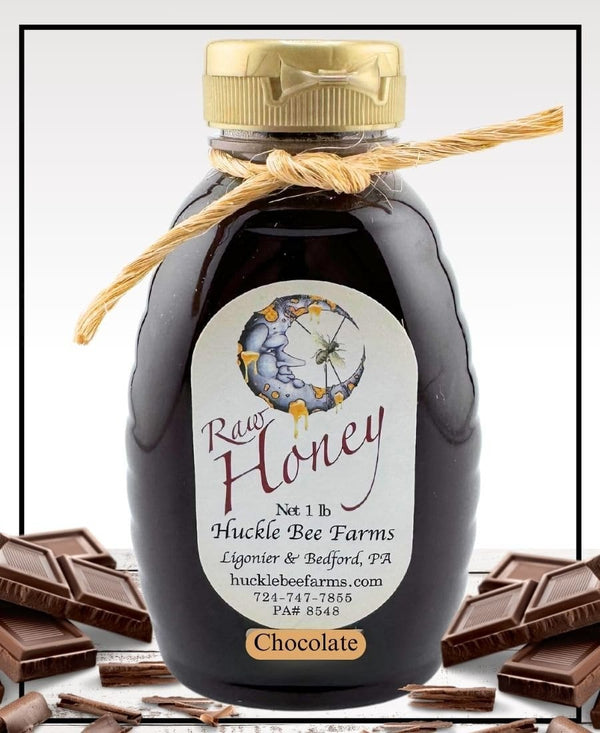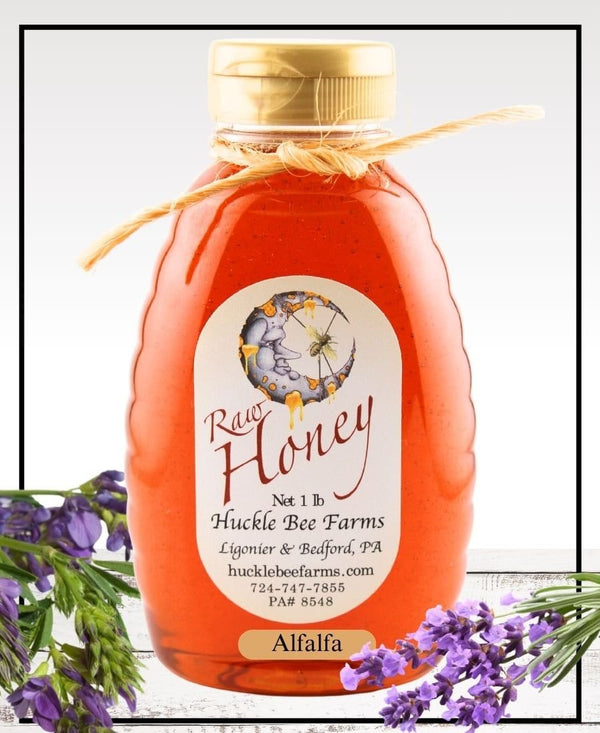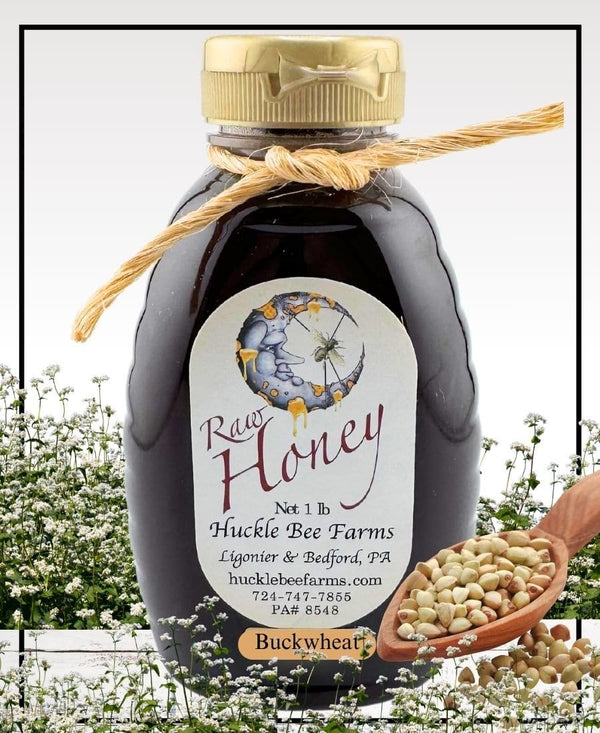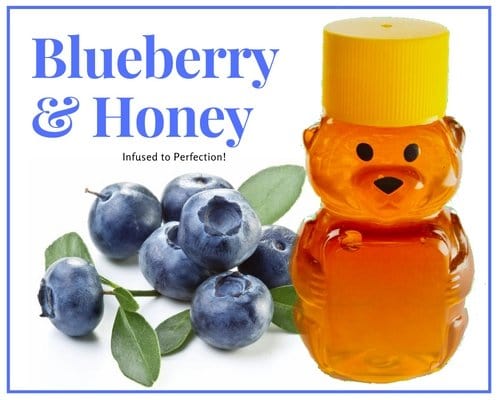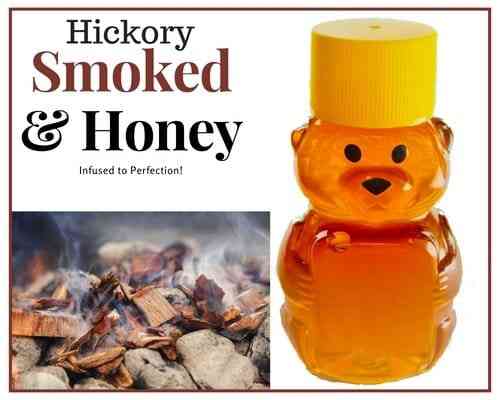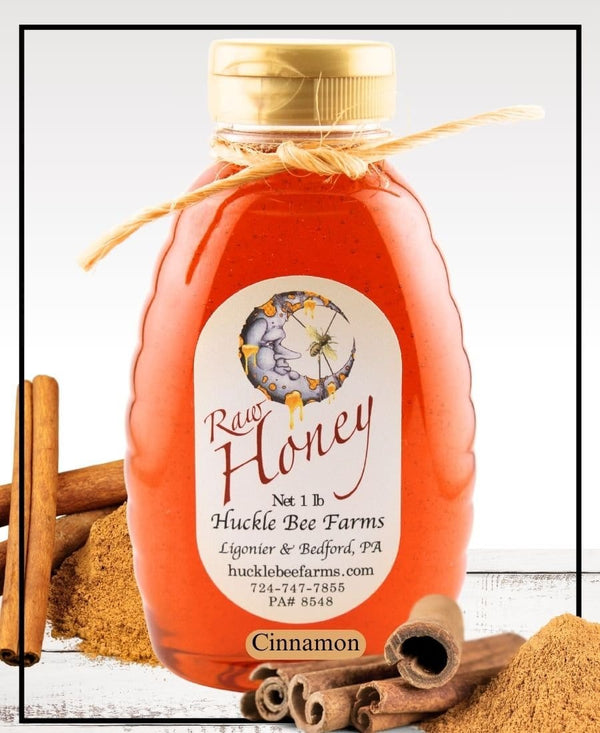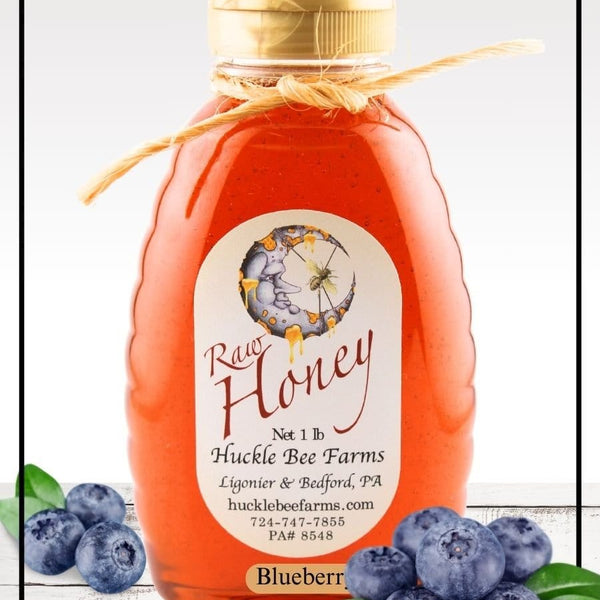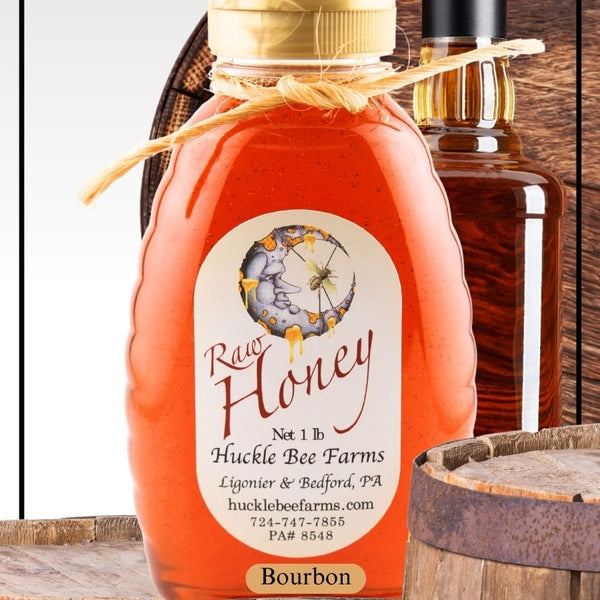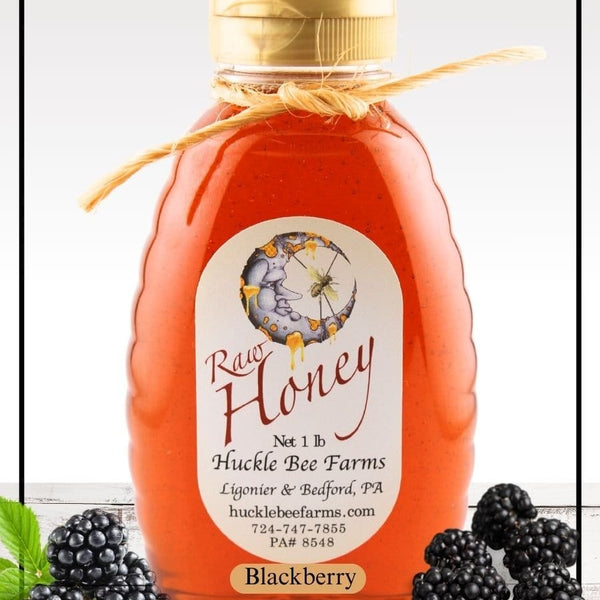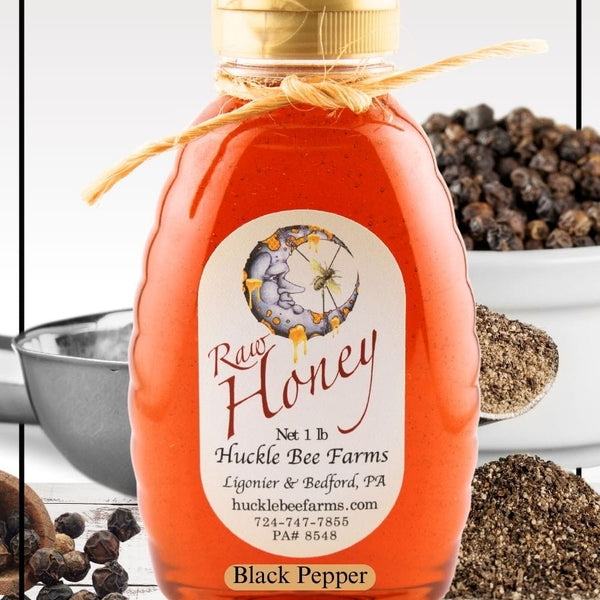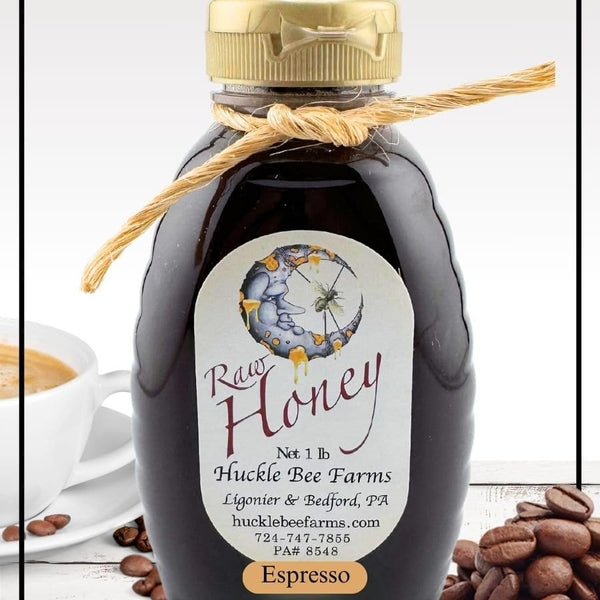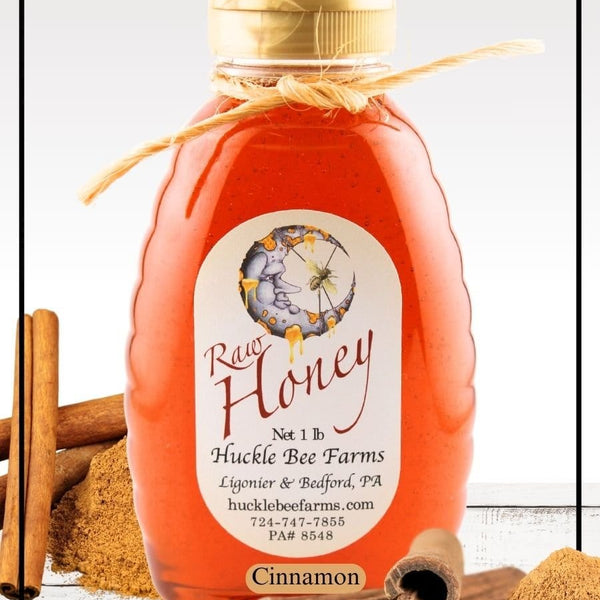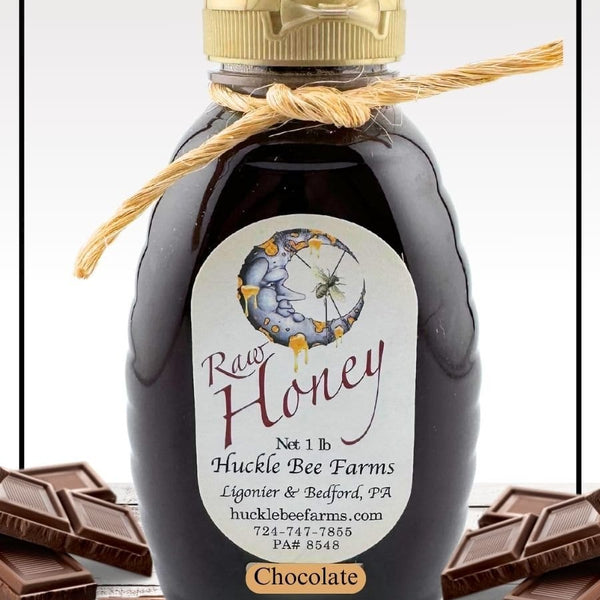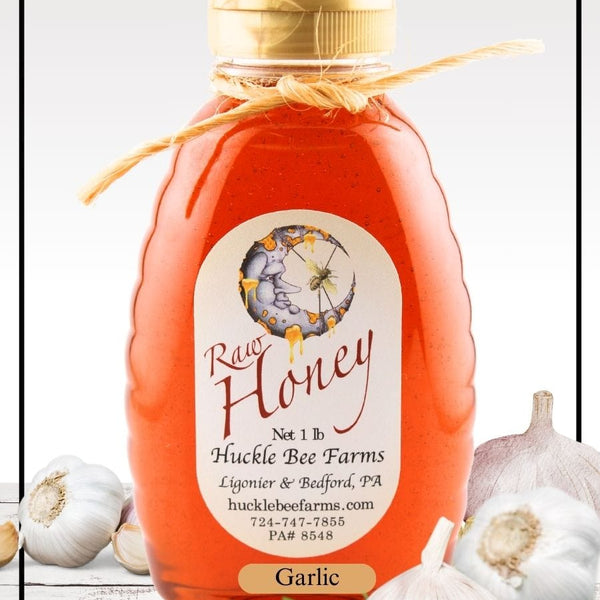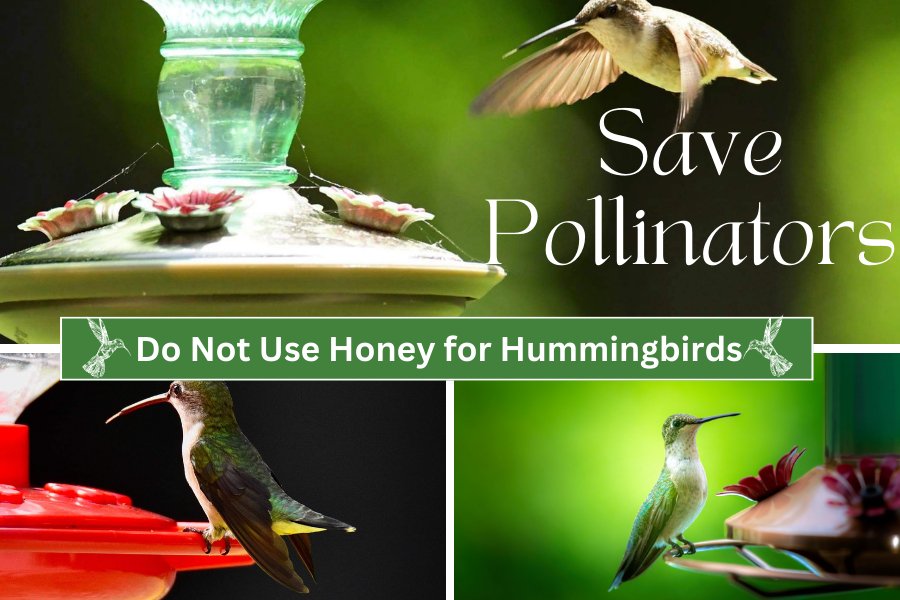
Homemade Hummingbird Nectar, Honey is a No No...
Can I Use Honey in Hummingbird Nectar?
Honey is sweet and doesn't spoil easily, but it's not safe for hummingbirds. It can be harmful or deadly to them. It's best to use a different kind of nectar for these tiny birds. The type of sugar matters, cane sugar is the best choice.
About Honey
Honey is a thick, viscous, syrupy liquid produced by insects that break down floral nectar. The exact chemical composition of honey depends on a variety of factors, including…
- The type of insect that produces the honey
- The type of flower nectar or plant sap transformed into honey
- Climate type, humidity, and temperature during honey production affect overall quality.
Honey has glucose and fructose sugars, while floral nectar has mainly sucrose sugar. Floral nectar has a little glucose and fructose, but honey has much more.
Honey is a sweet natural substitute for sugar in cooking and baking recipes. It is rich and preferred for its sweetness. While honey can be a healthier option for many human foods, it isn't the best choice for feeding hummingbirds.

Why Honey is Bad for Hummingbirds
Honey, including buckwheat honey is not good for hummingbirds. Do not put it in sugar water or give it to birds to drink.
- Raw Honey from honey bees is different from nectar and harder for hummingbirds to digest efficiently. This means the birds will get less energy and nutritional value from honey than from classic nectar or sugar water. Hummingbirds need lots of energy for their active lives, so honey isn't the best food for them.
- Different bacteria and fungus that are naturally present in some types of honey are fatal to hummingbirds. When honey is mixed with water to feed birds, the extra water and oxygen make the honey ferment faster. This can make bacteria and fungus grow faster, infecting birds more easily.
- Honey can stick to hummingbirds' bills and feathers, making it hard for them to eat and fly. This sticky substance can be hard to remove, especially once it hardens. Birds covered in it may be easier targets for predators and other dangers.
- Honey, even mixed with water, can block hummingbird feeder ports, making it hard for birds to eat. Clogged ports can also become warped and cracked, leading to more feeder leaks and drips or making the feeder impossible to use properly.
- Honey's sweet taste and smell can bring other pests to the hummingbird feeder, like wasps, bees, ants, praying mantises, and raccoons. In some areas, bears may come to the feeder for food. Visitors can scare away hummingbirds, damage feeders, and pose a threat to both birds and birdwatchers.
Do not give honey to hummingbirds because it should not be in their nectar for various reasons.
Other Sweeteners to Avoid
Do not use honey or other sweeteners like corn syrup, molasses, or artificial sweeteners to make hummingbird nectar.
Beet sugar, raw sugar, powdered sugar and brown sugar are not good for hummingbirds because they don't have the right nutrients. These sweeteners don't give hummingbirds the energy and nutrition they need.
To attract hummingbirds, use plain white sugar and water to make nectar. Avoid using certain sweeteners for hummingbird nectar. Stick to plain white cane sugar and water for the most effective results in providing energy and nutrition.
Use plain white cane sugar to make hummingbird nectar at home. You can also buy nectar concentrates or mixes that mimic floral nectar. Avoid using dyes such as red food coloring or flavors. Use good nectar to attract more hummingbirds to your feeders and enjoy watching them when you refill.
Sugar Water Recipe
Here's a simple homemade hummingbird nectar recipe for making sugar water for hummingbirds:
Ingredients for healthy hummingbird nectar:
- 1 part white granulated sugar cane
- 4 parts water
Instructions:
- Boil the tap water to ensure it's free of impurities. If you have access to filtered water, you can skip this step.
- Allow the water to cool to room temperature. Hot water can cause the sugar to crystallize and potentially harm the hummingbirds.
- Mix the sugar and water until you completely dissolve the sugar.
- Pour the sugar water solution into a clean hummingbird feeder.
- Hang the feeder outside in a location where hummingbirds frequent, preferably near flowers or bushes.
Remember to clean your feeder regularly, at least once a week, to prevent the growth of mold and bacteria. Additionally, during hot weather, it's essential to change the sugar water every two to three days to prevent fermentation.
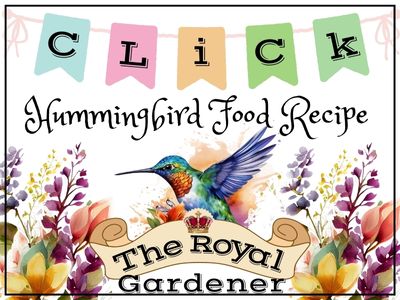
Click To Print Recipe

Where to Place your Feeder
Placing your hummingbird feeder in the right location can greatly increase the chances of attracting hummingbirds. Here are some tips for where to place your feeder:
- Place your hummingbird feeder near flowers or natural food sources like gardens, shrubs, or trees to attract them. They are drawn to flowers, so this will make the feeder more appealing to them.
- Sheltered Area: Hang your feeder in a sheltered area, away from direct sunlight and strong winds. This keeps the sugar water fresh longer and creates a safe place for hummingbirds to eat comfortably.
- Put the feeder where you can easily see it from inside to watch the hummingbirds and enjoy their company. However, ensure it's not too close to windows to prevent collisions.
- Safety: Keep the feeder out of reach of predators like cats, and place it high enough to deter other pests like ants.
- Many Feeders: If you see many hummingbirds in your yard, put up more feeders spread out to lessen fighting.
- Quiet Area: Don't put the feeder where it's noisy or busy, as hummingbirds like calm places.
- Make sure the bird feeder is easy to access for cleaning and refilling, either nearby or securely hung on a hook.
Follow these tips to make a welcoming space for hummingbirds and improve your chances of attracting them to your feeder.
Conclusion:
Instead of honey, it's best to use a simple cane sugar water solution made with white granulated cane sugar and water. This solution closely mimics the nectar found in flowers and provides the necessary energy and hydration for hummingbirds without posing any health risks. Remember to clean and refill your feeder regularly to ensure the well-being of these fascinating birds.
Huckle Bee Farms
www.hucklebeefarms.com







